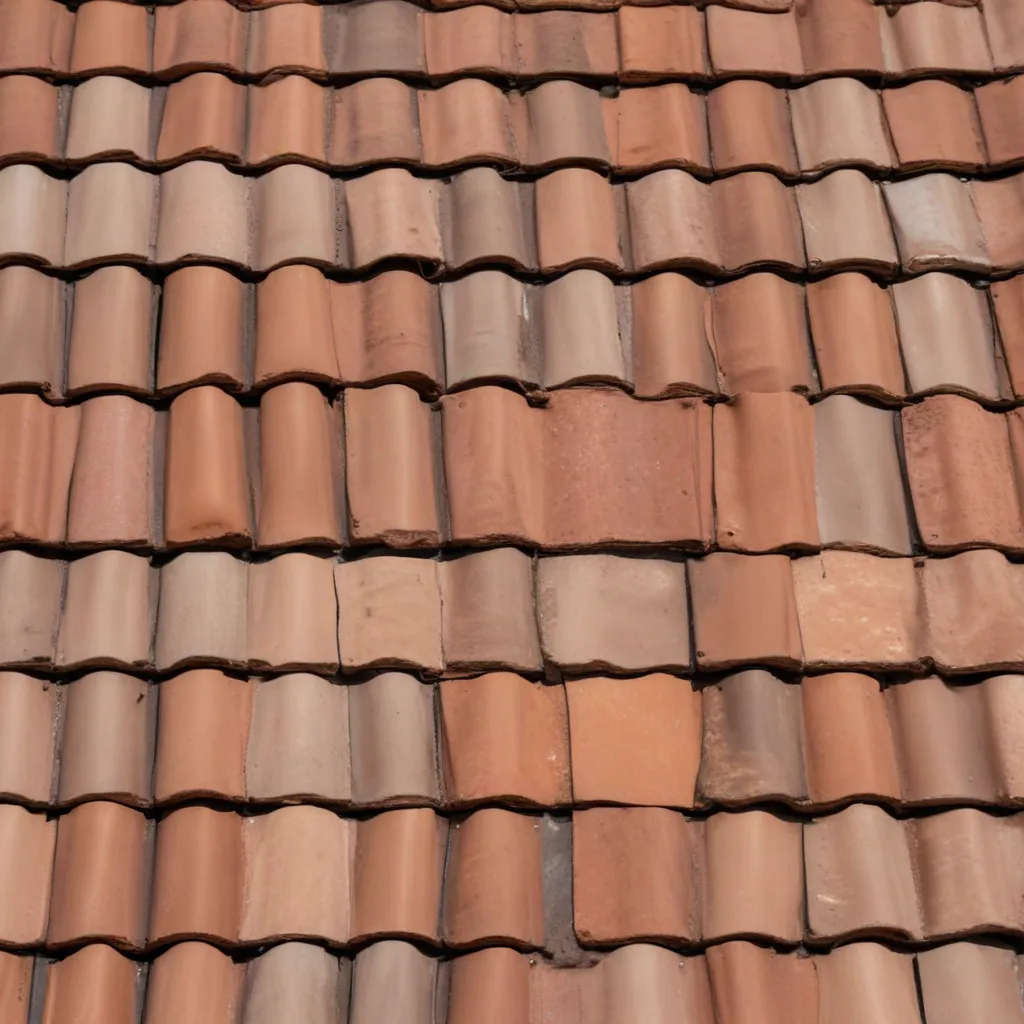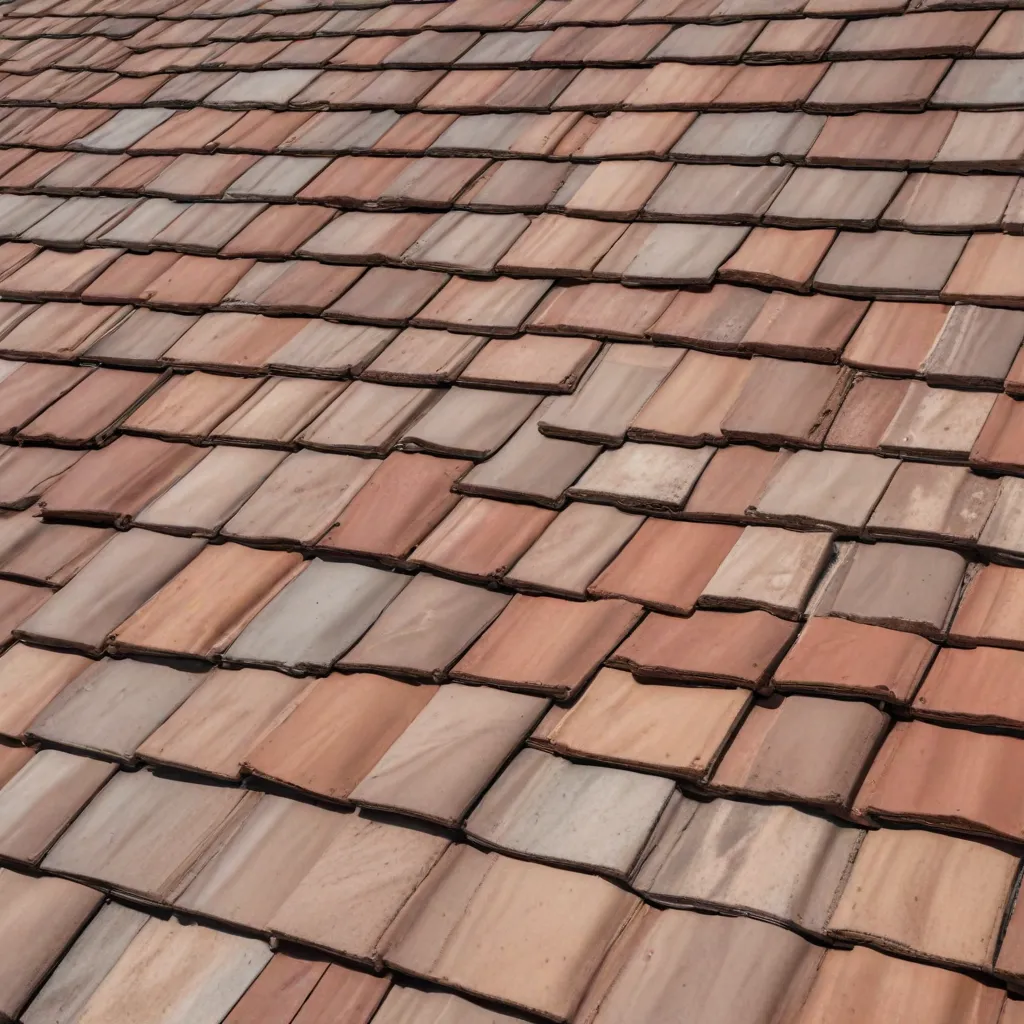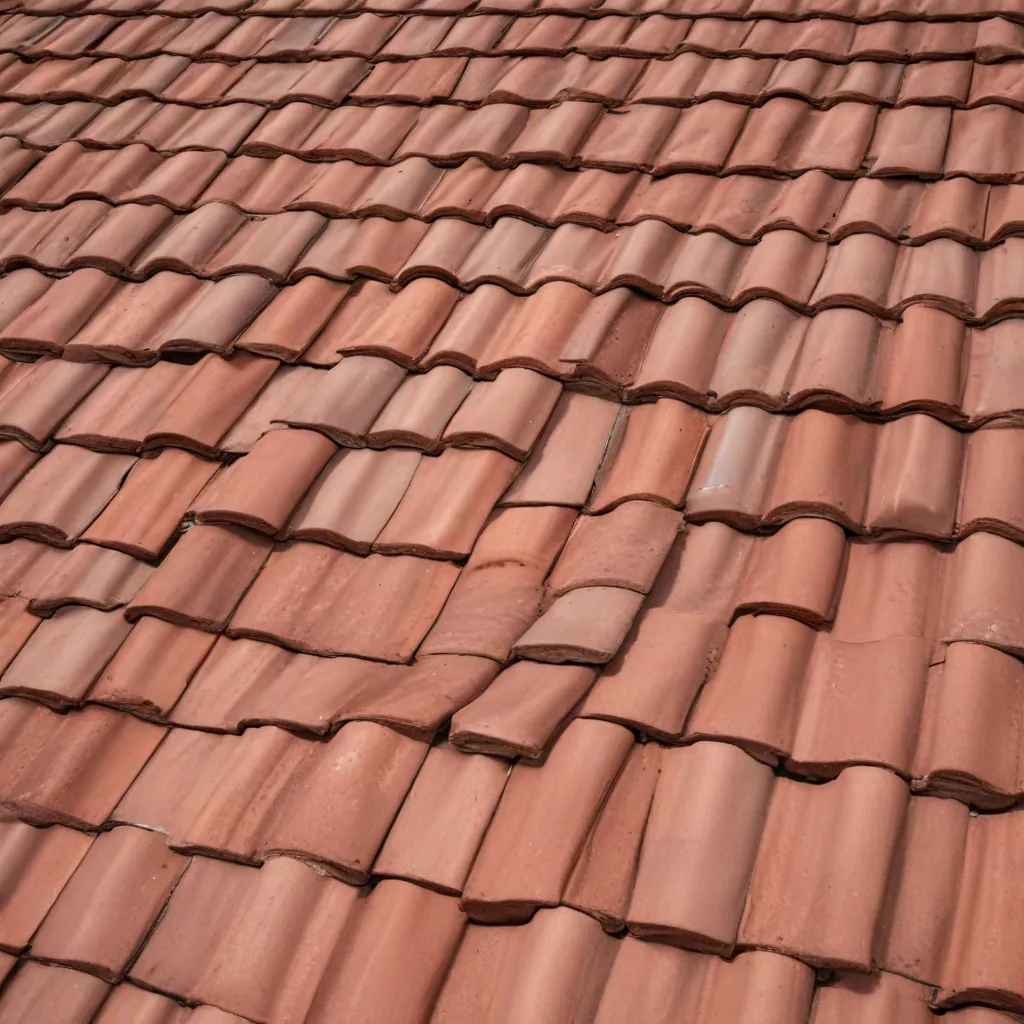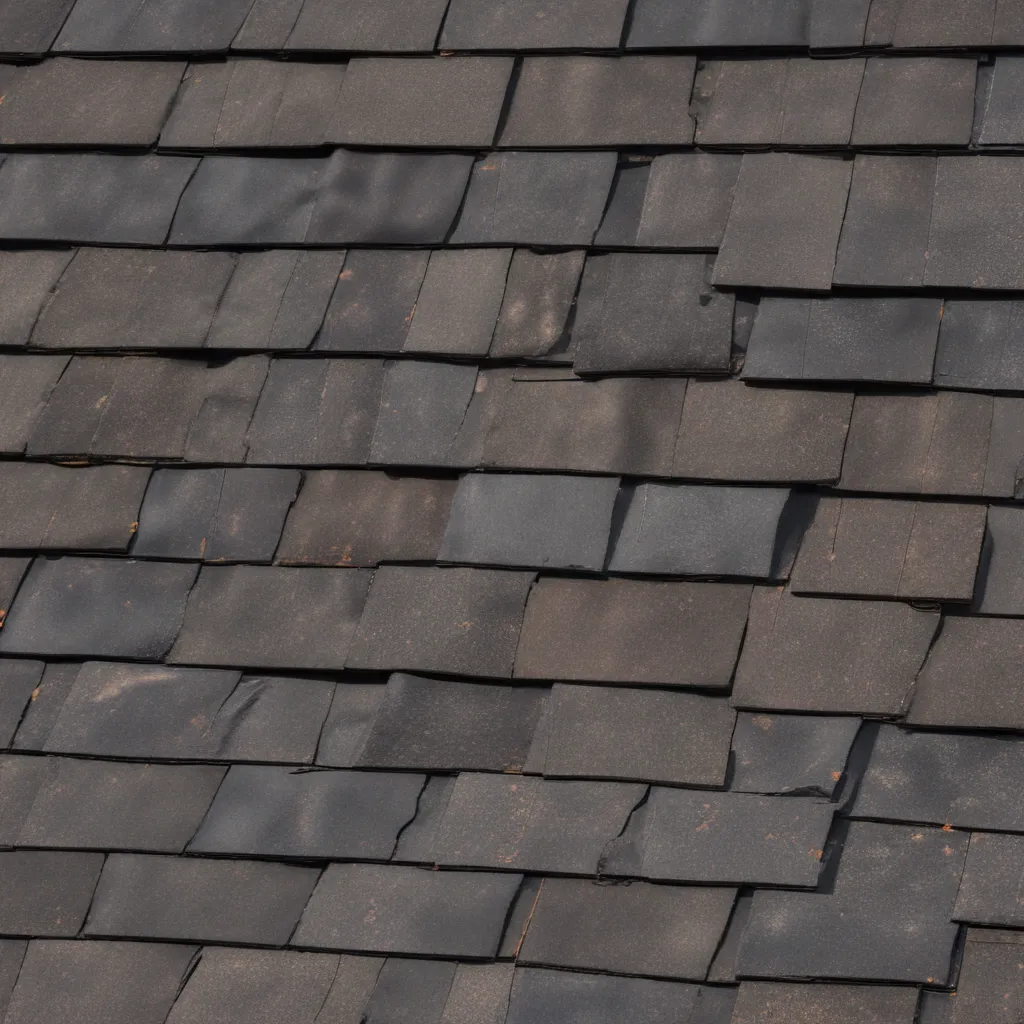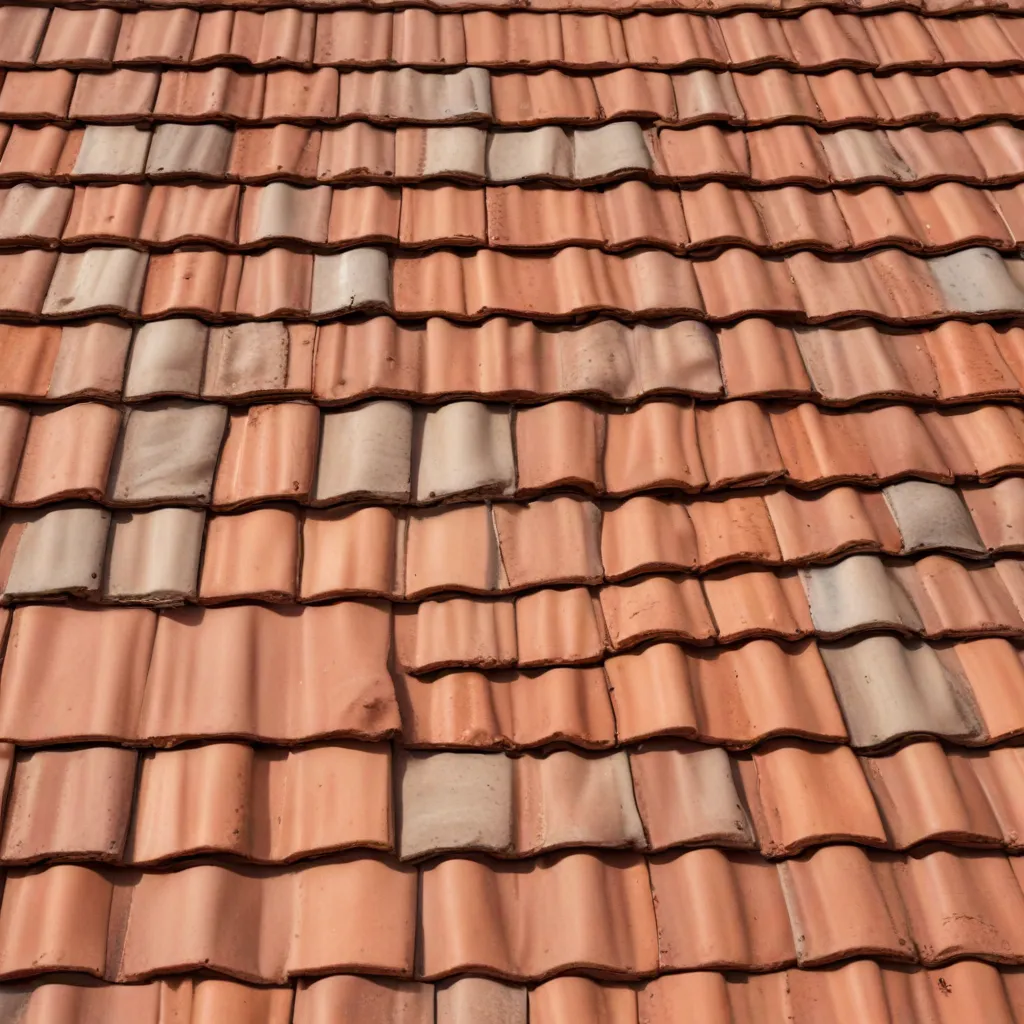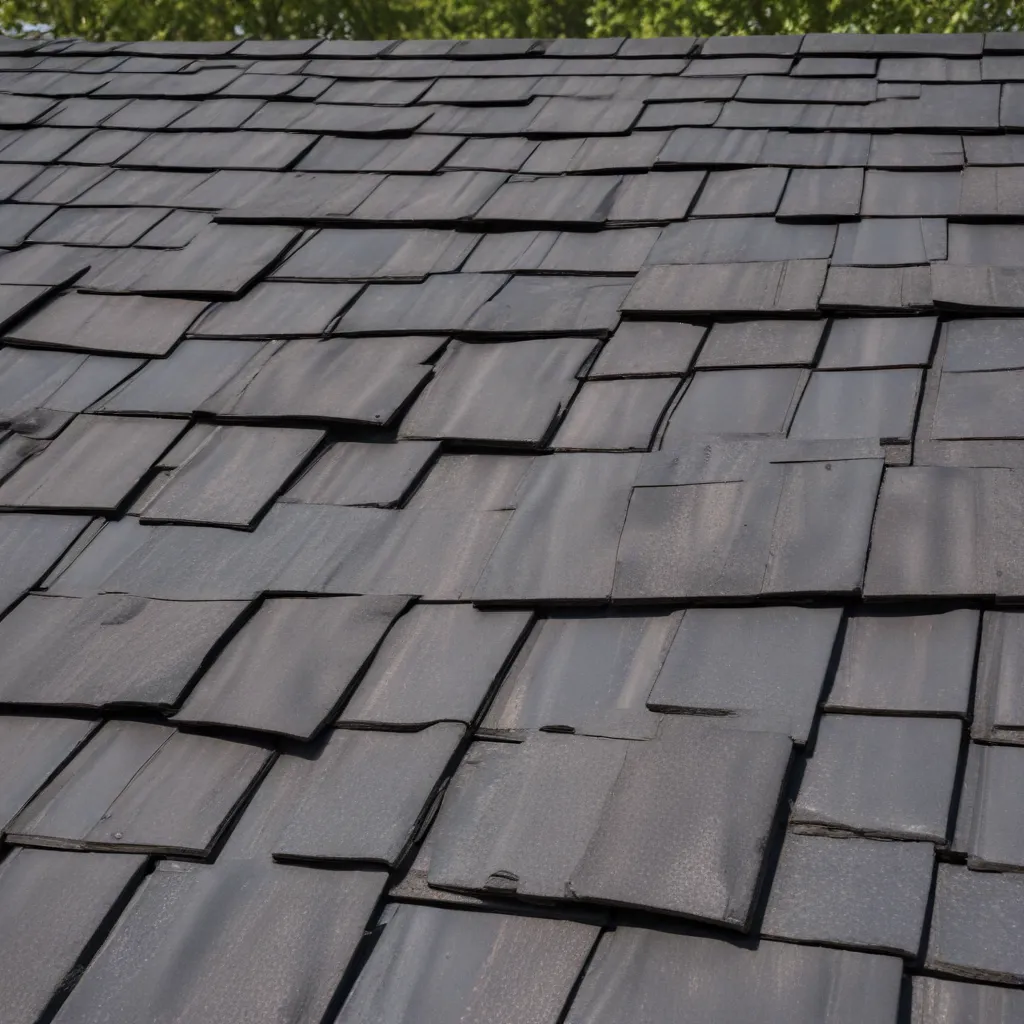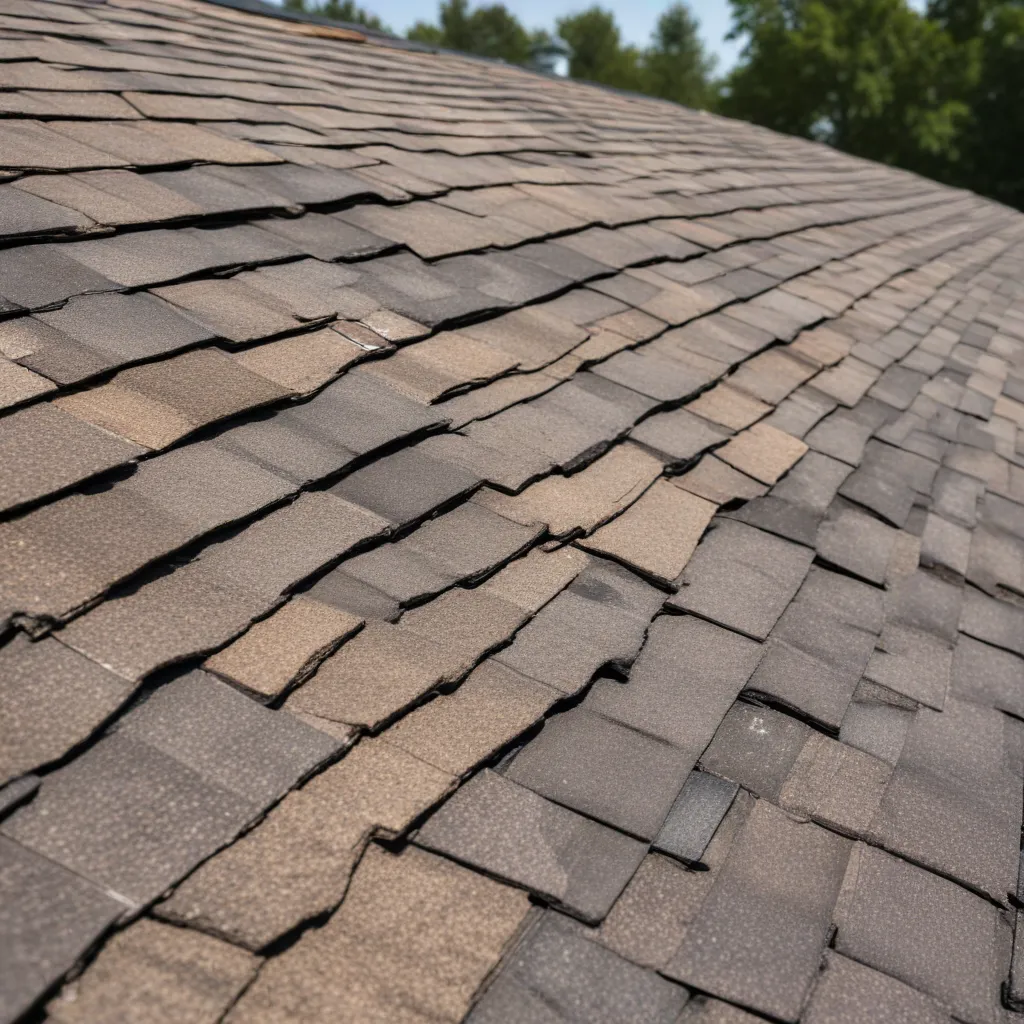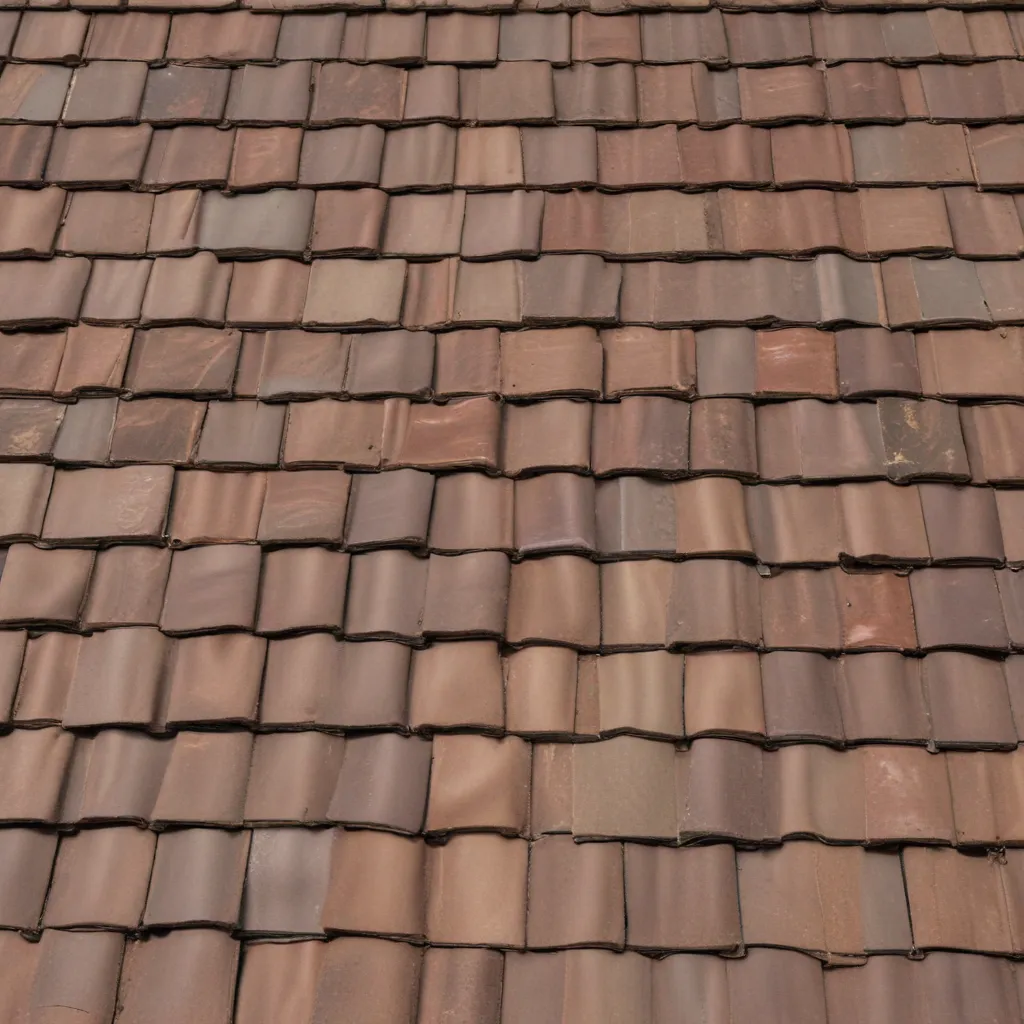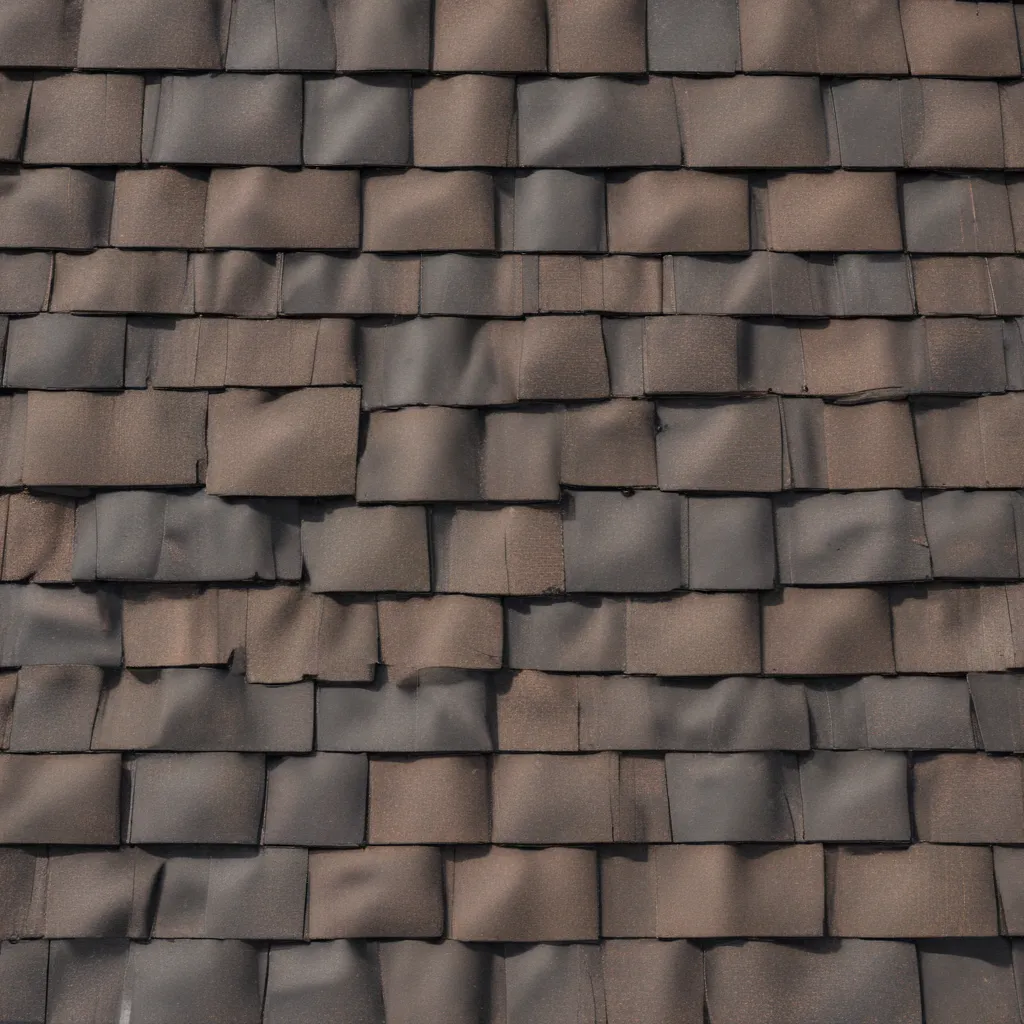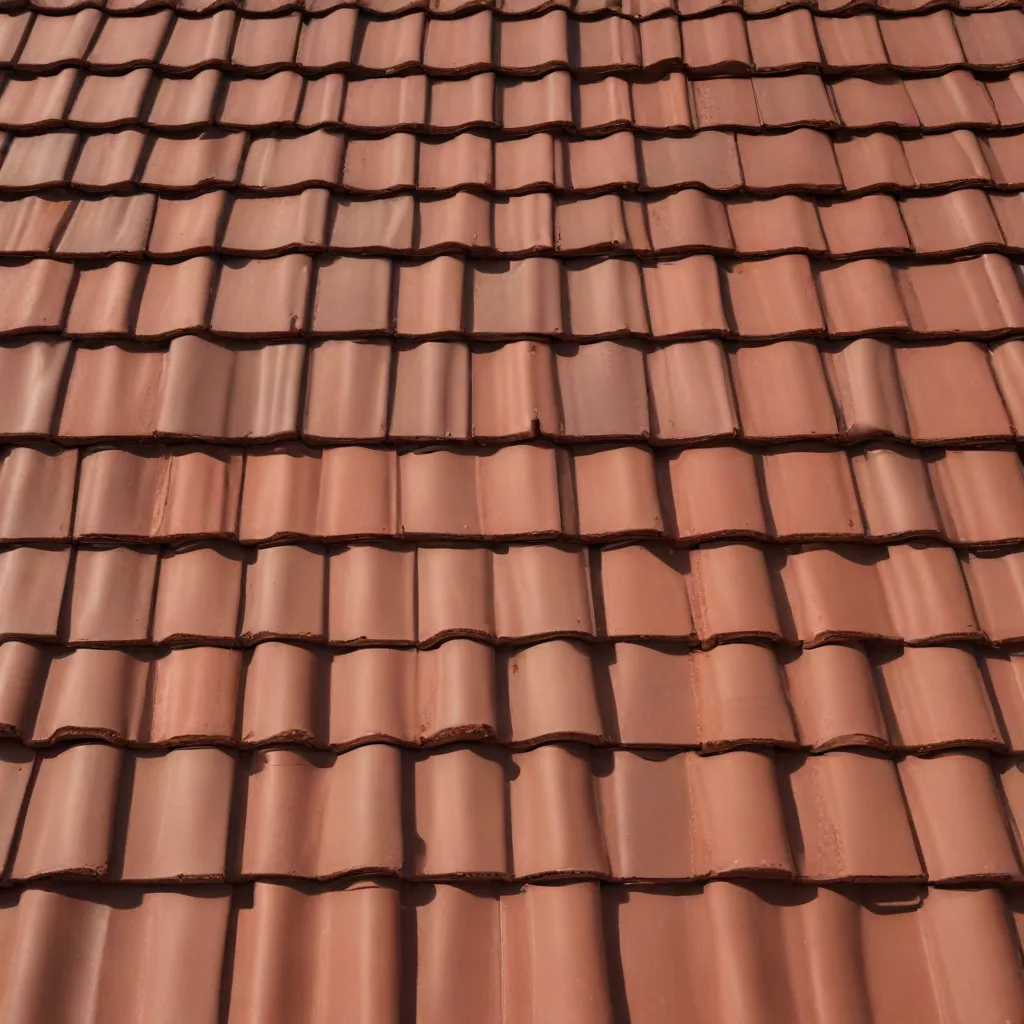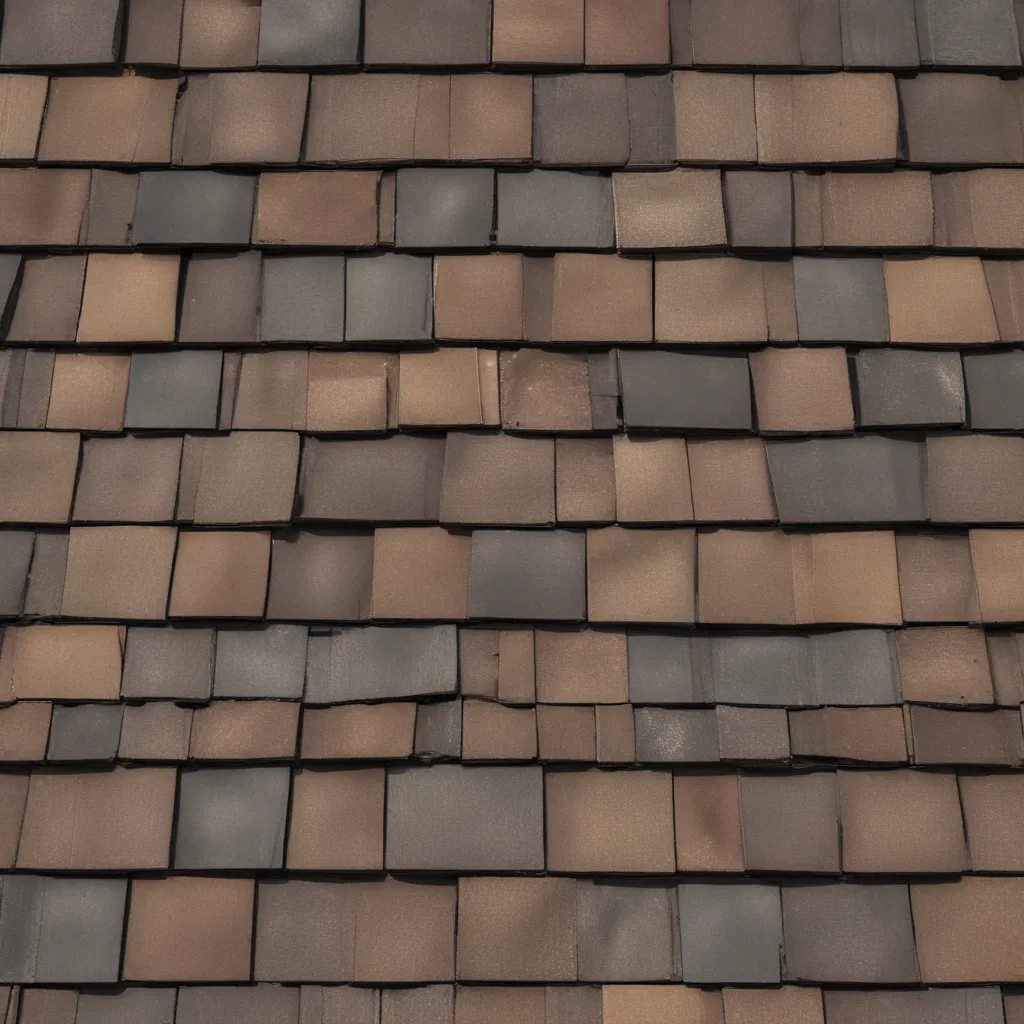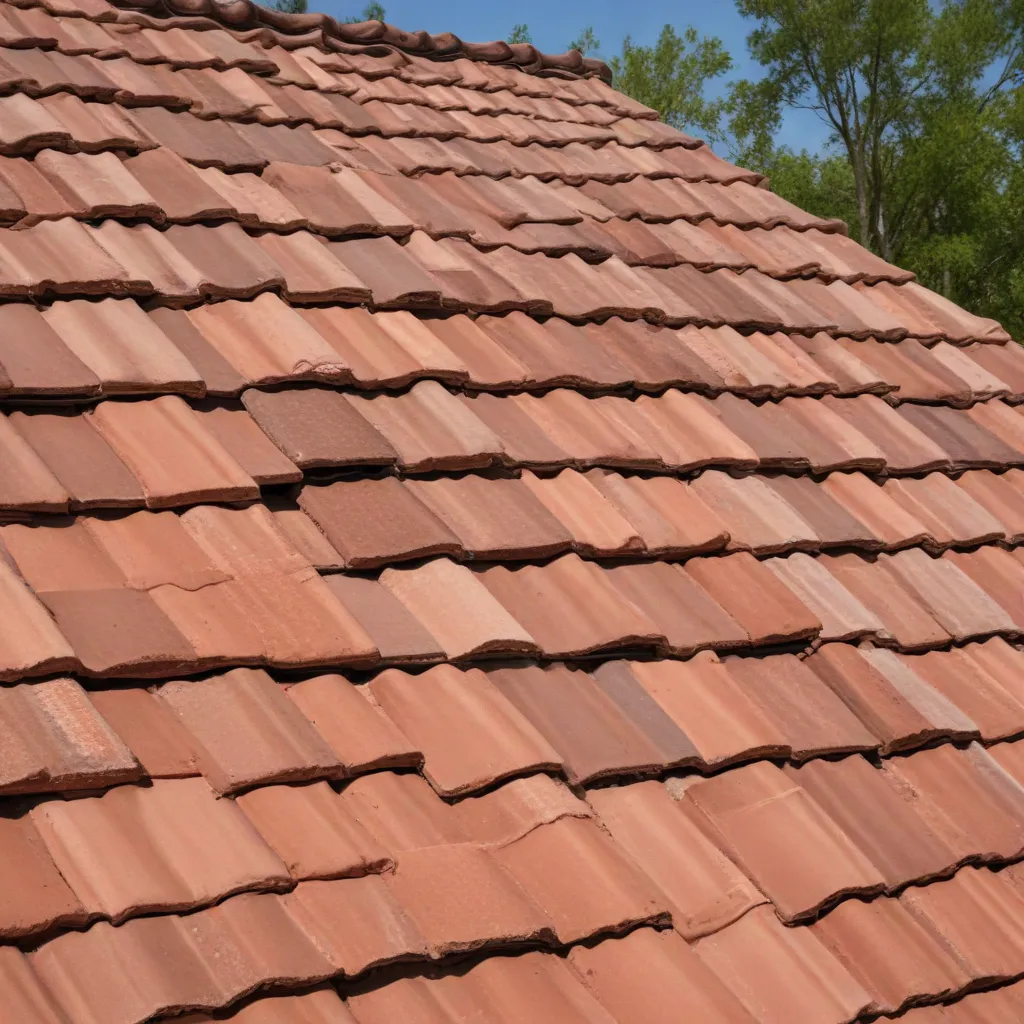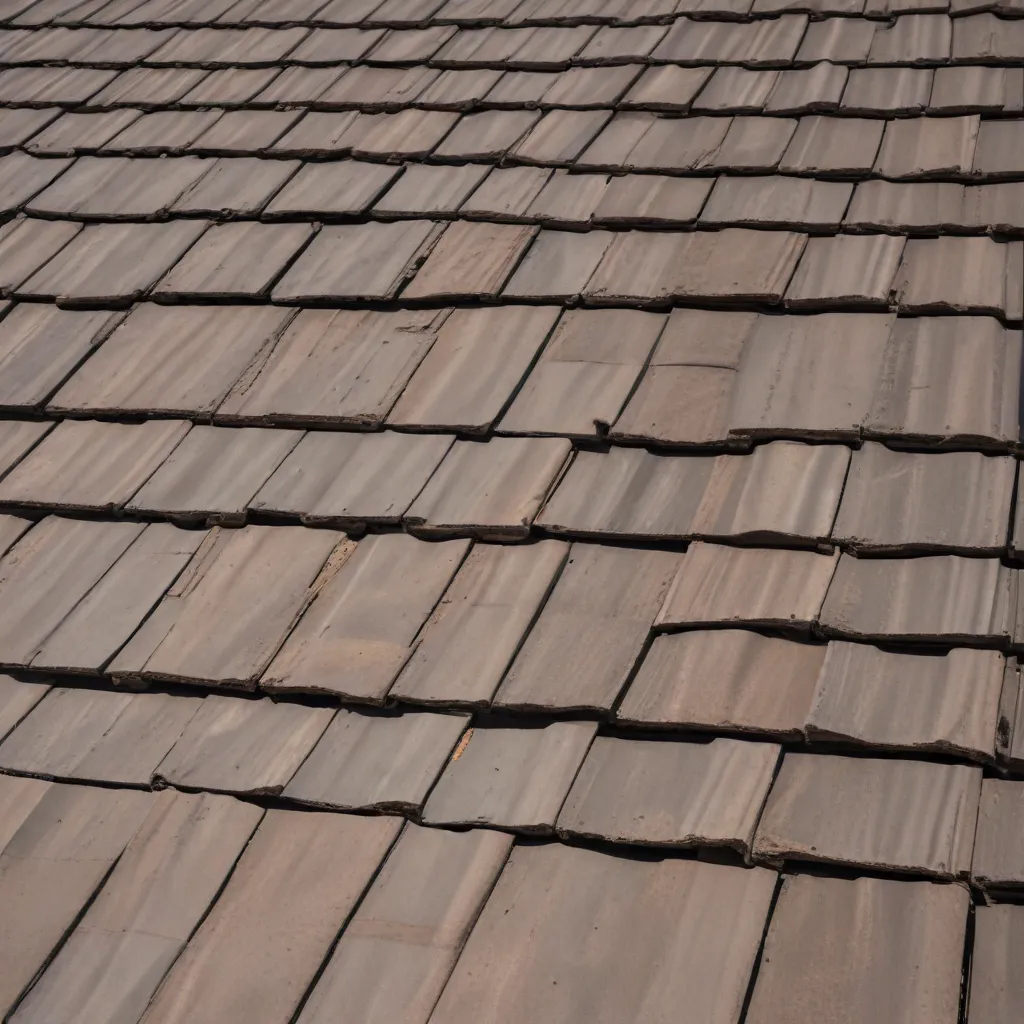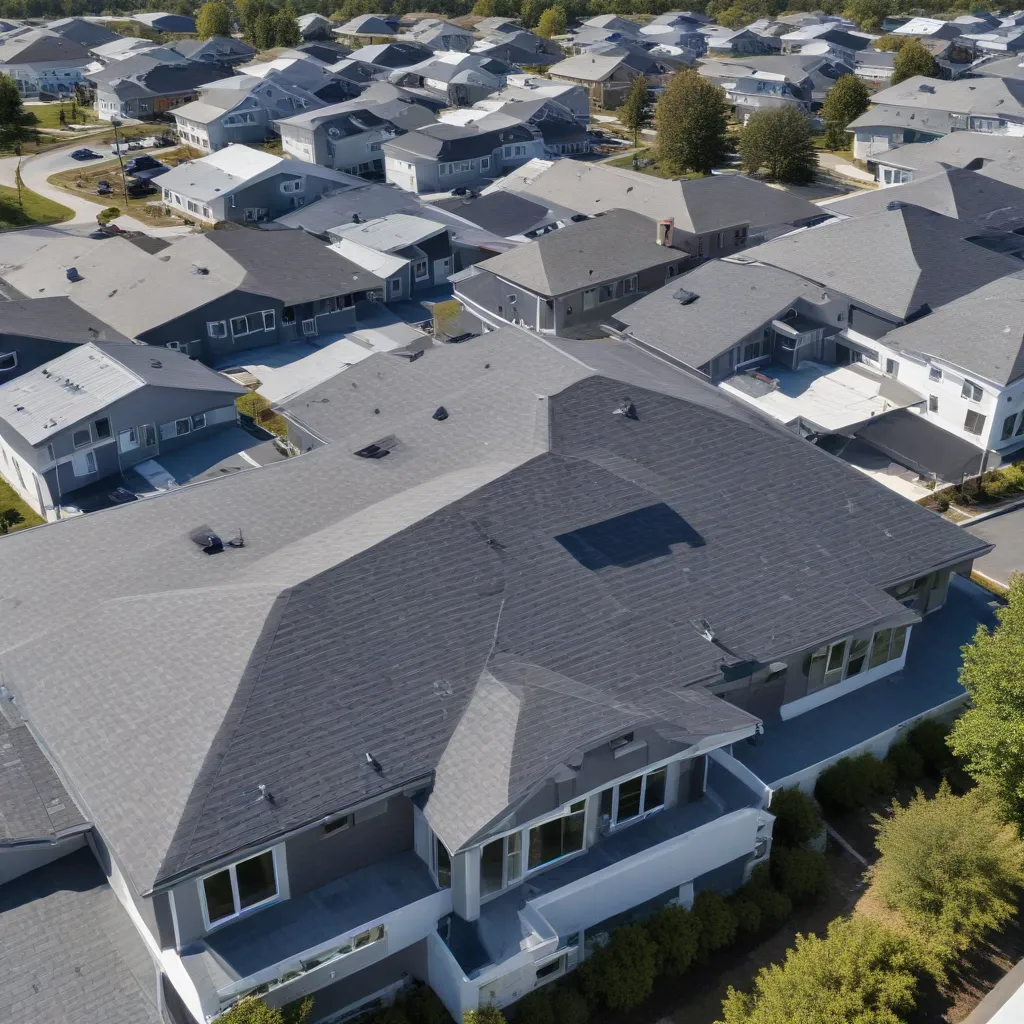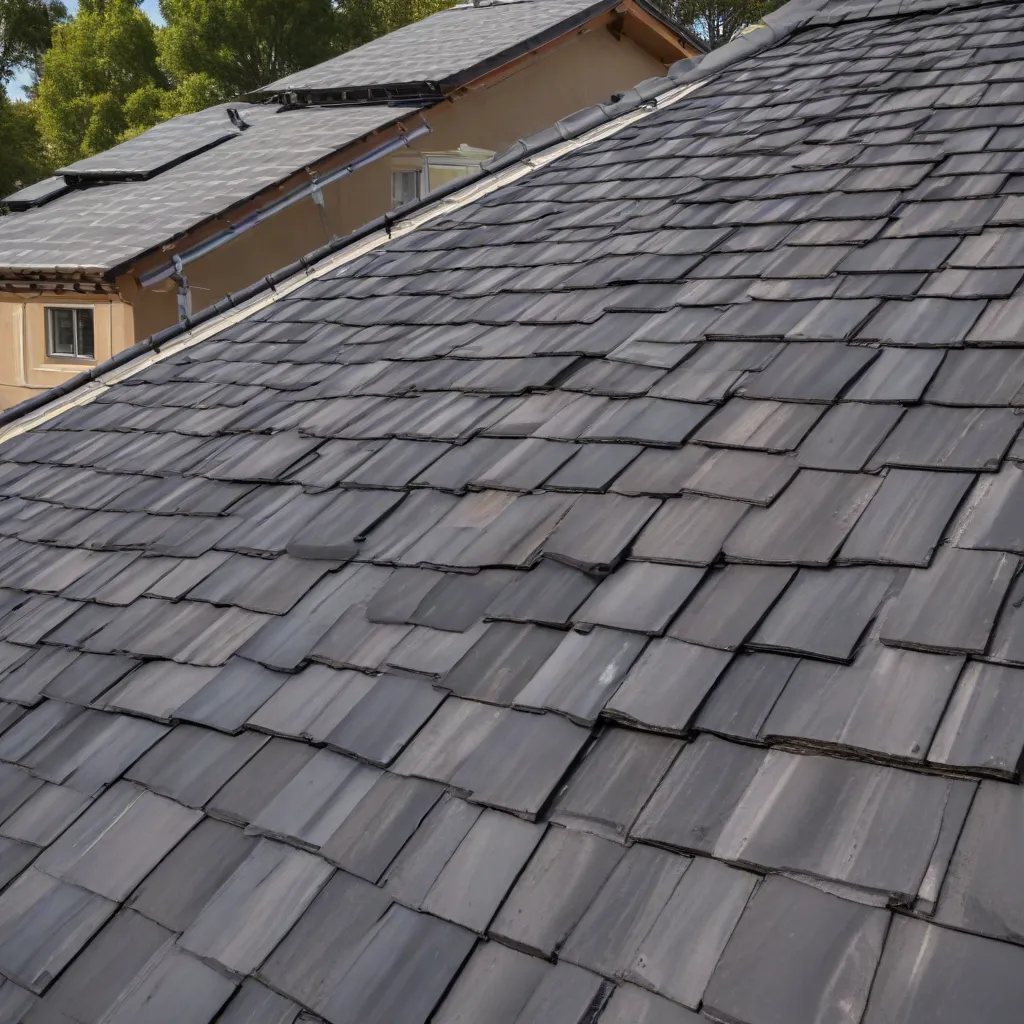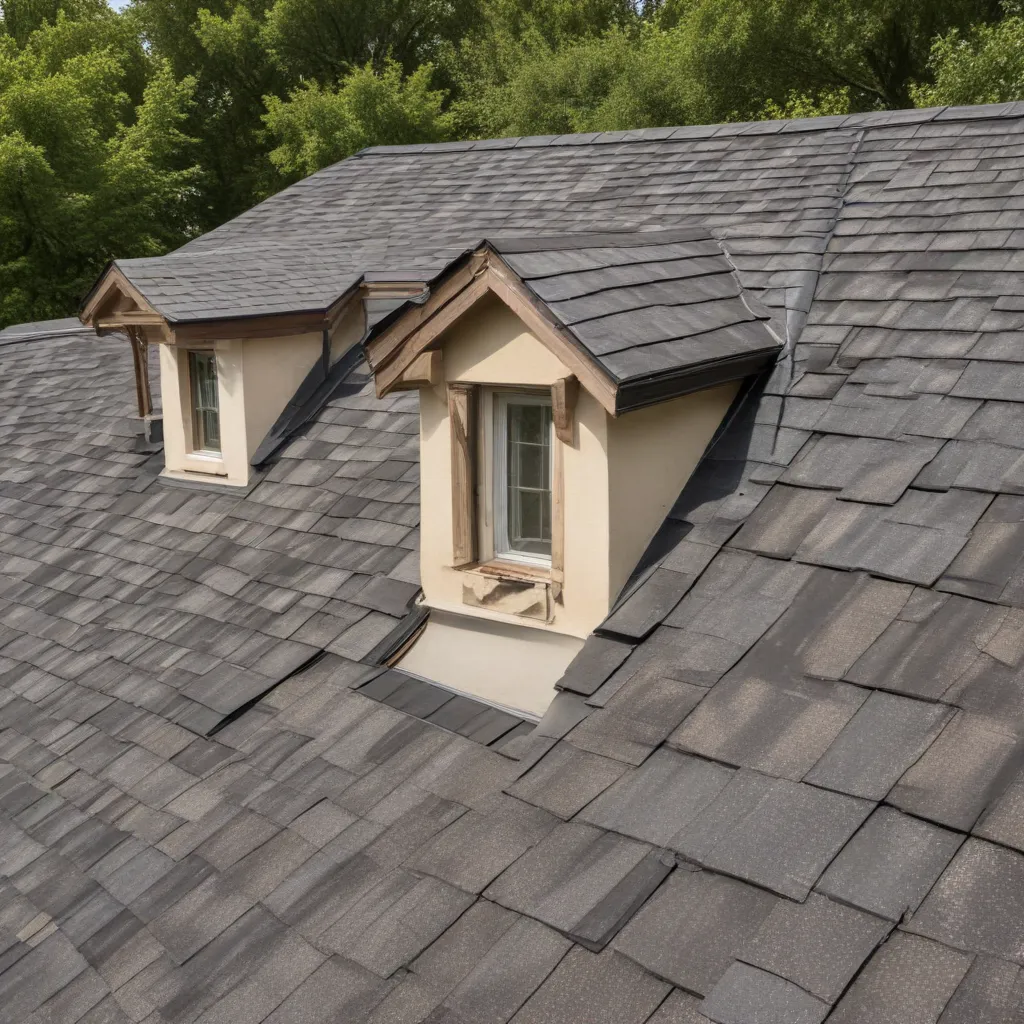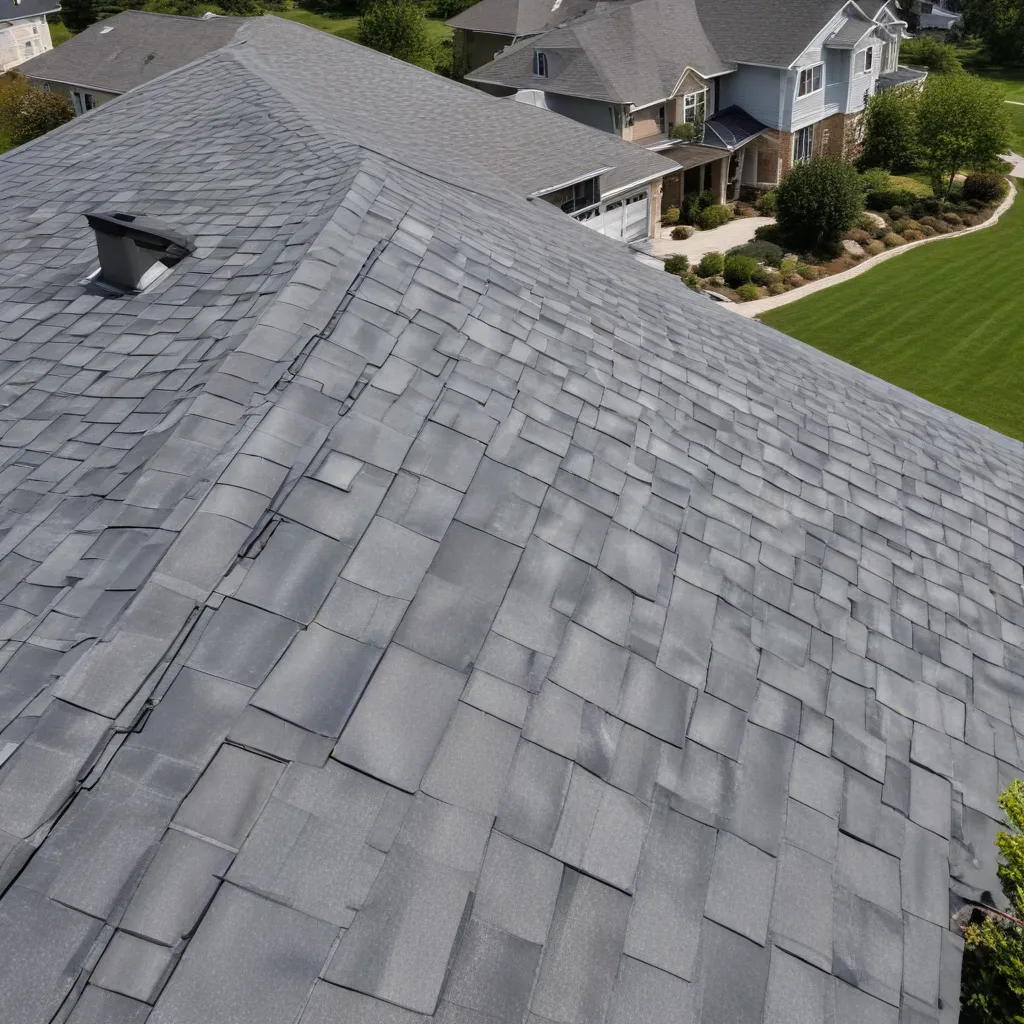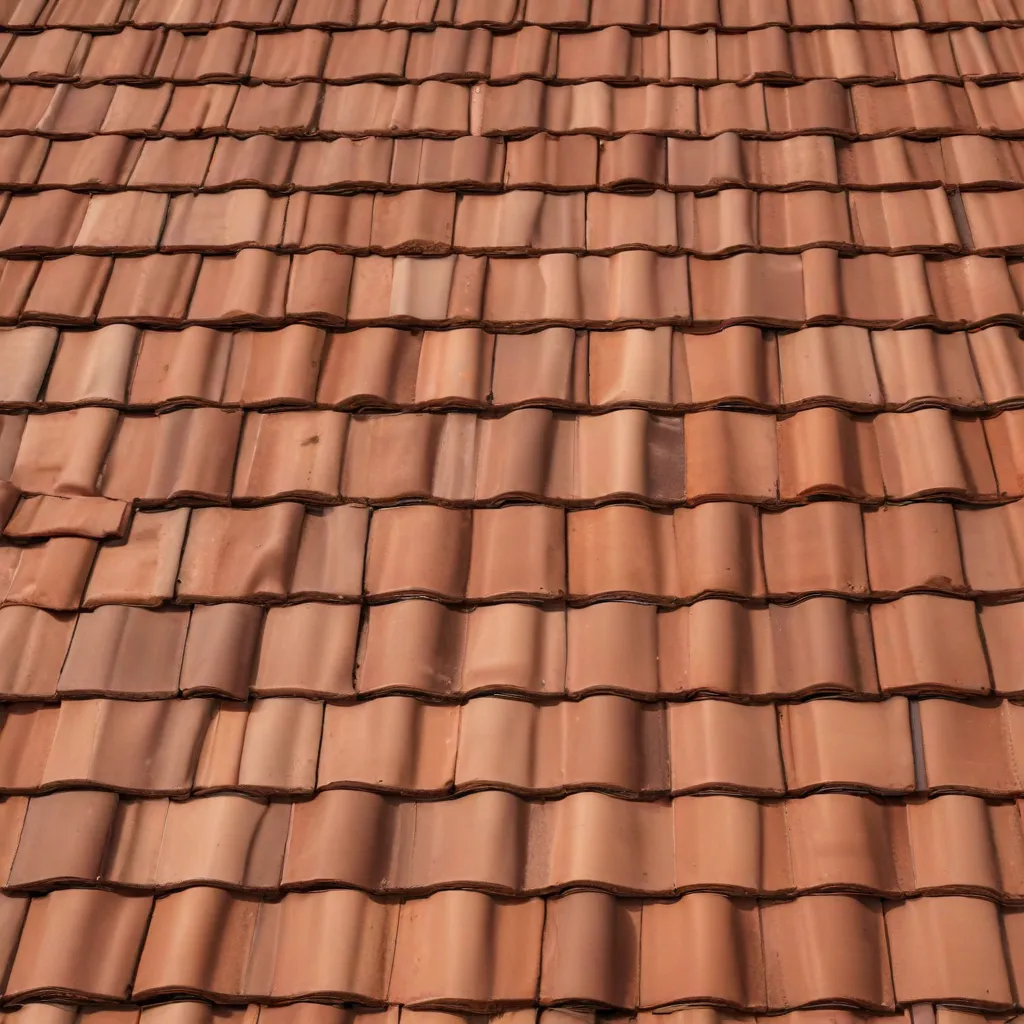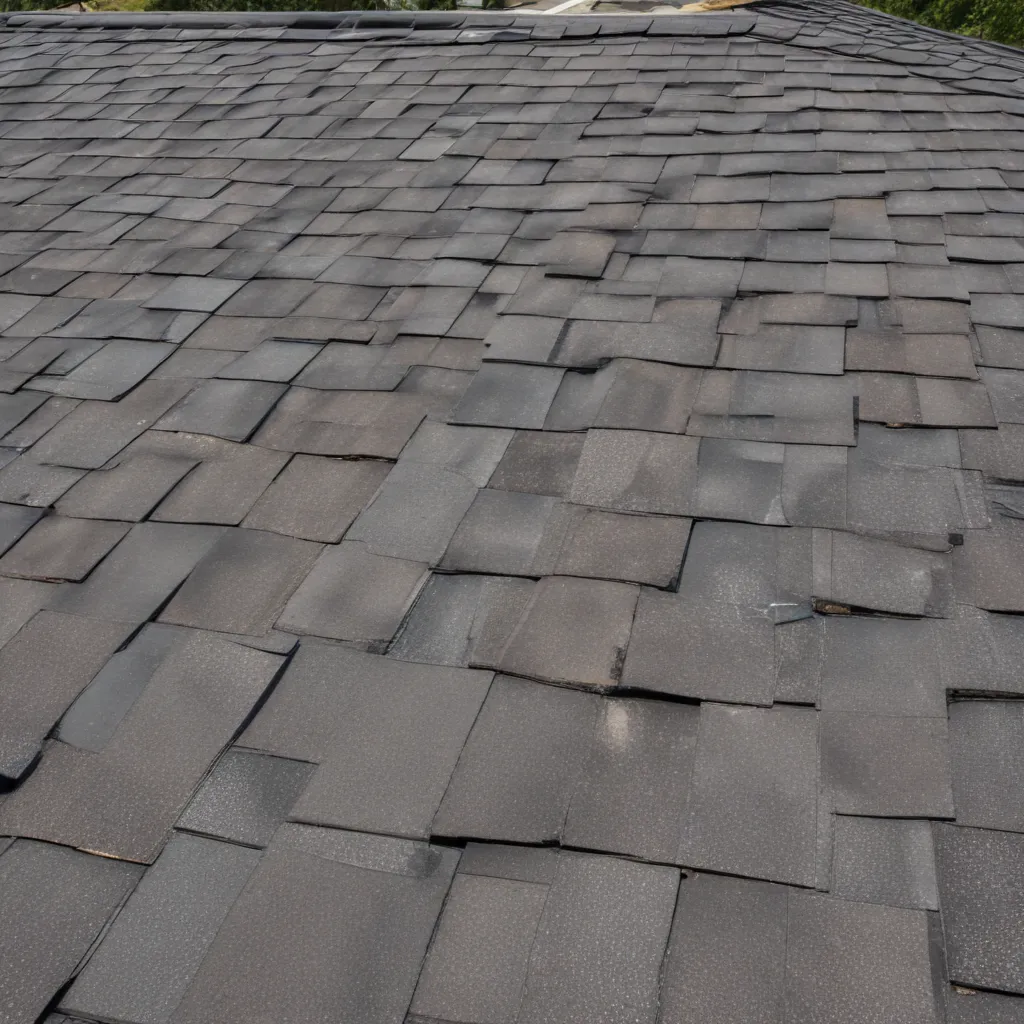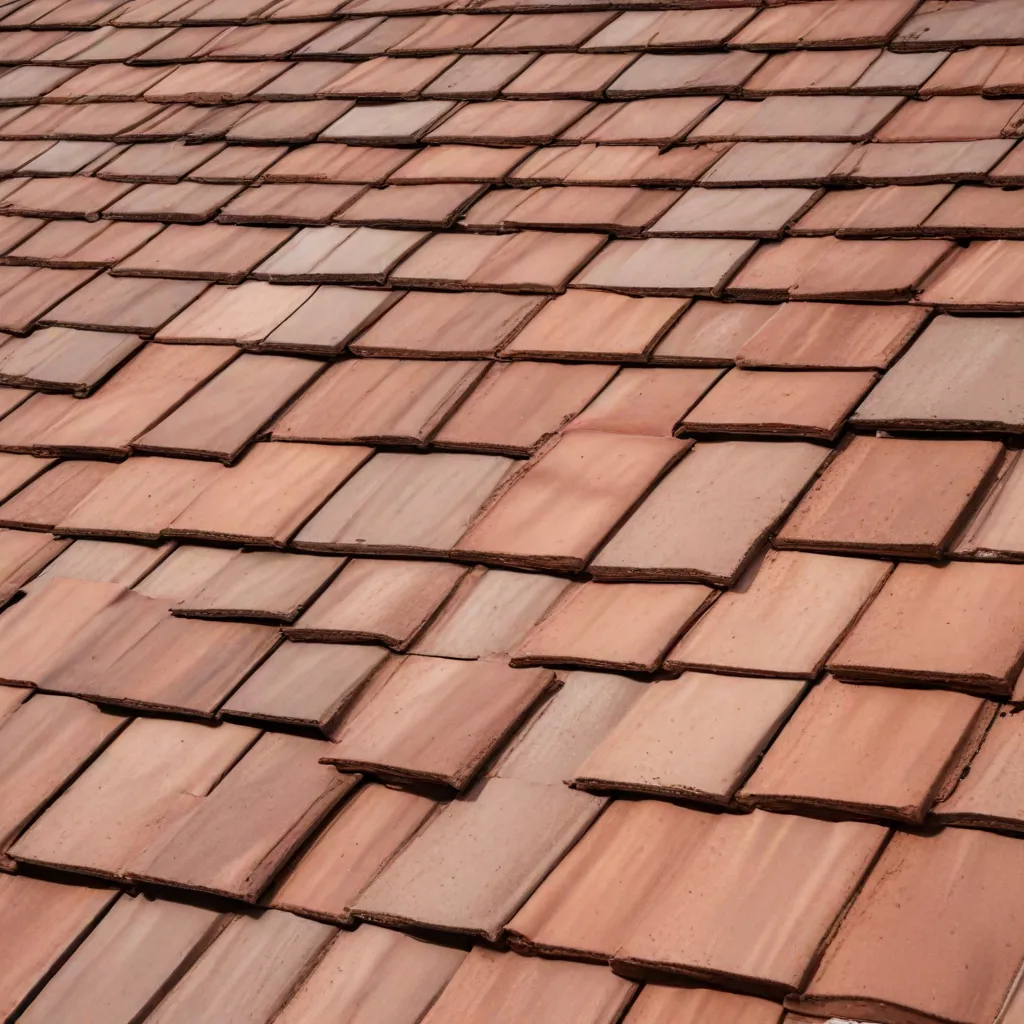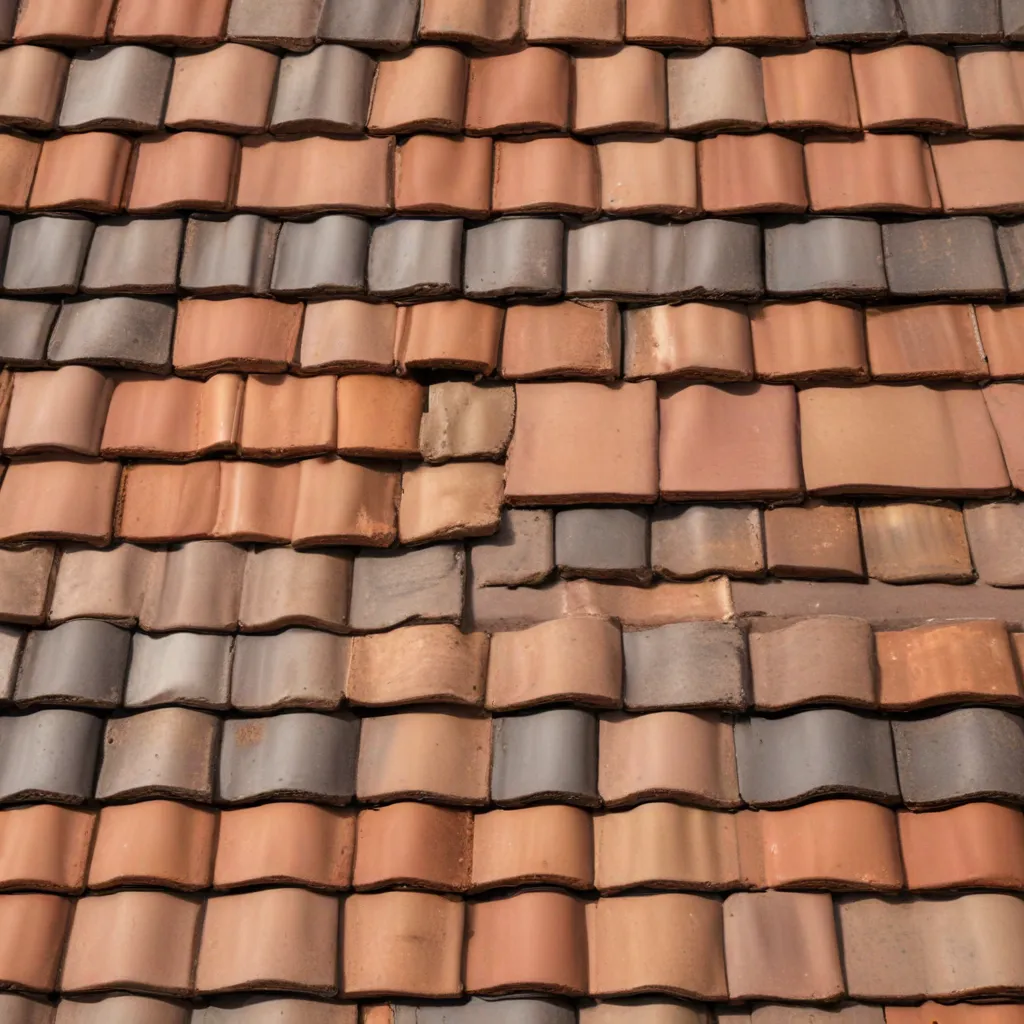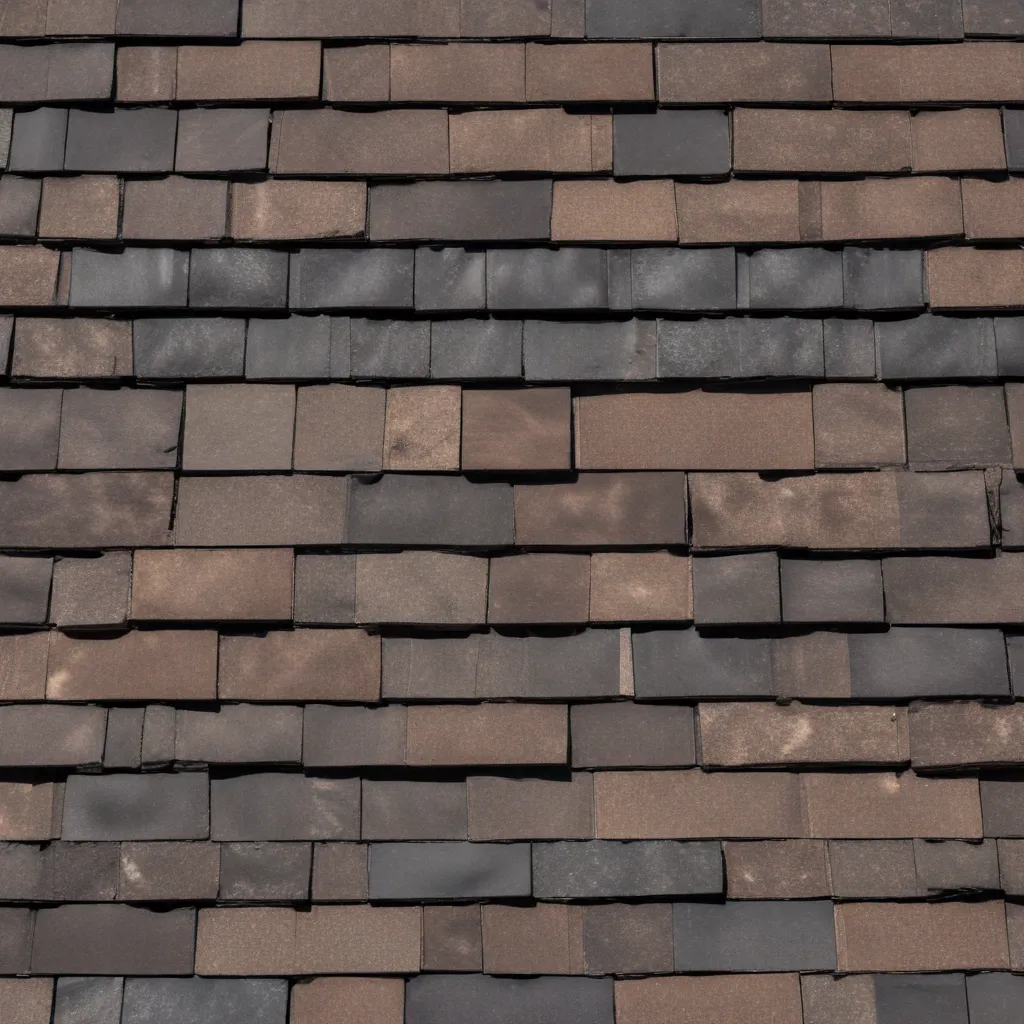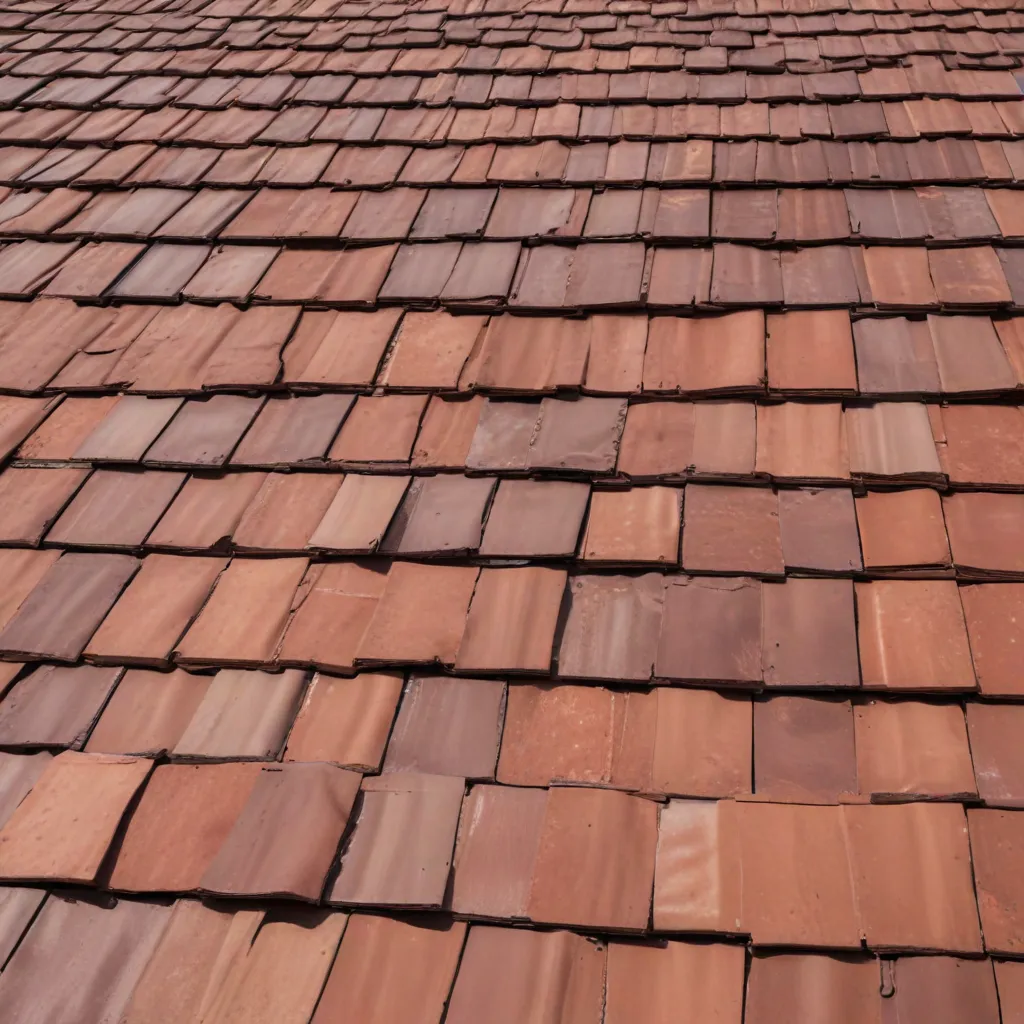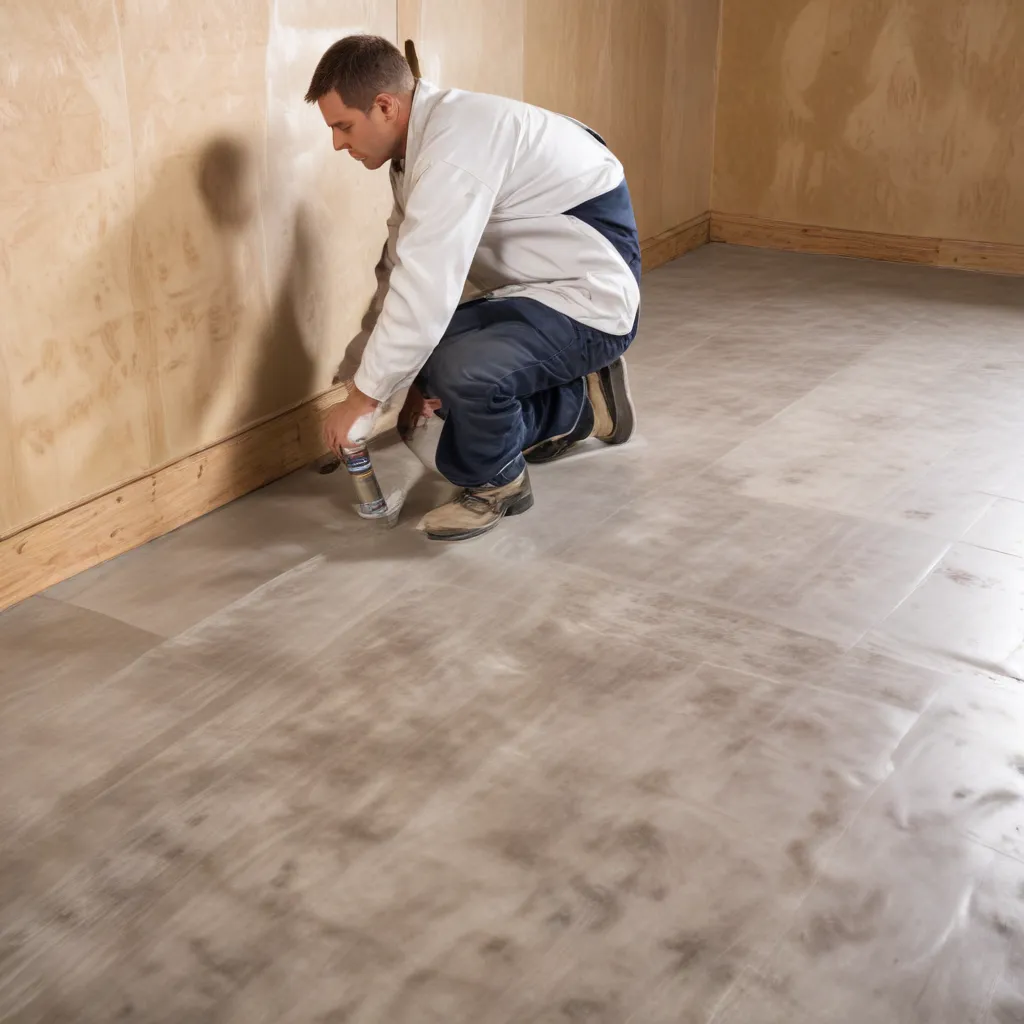
As an experienced roofing specialist, I understand the critical role that underlayment plays in the longevity and performance of any roof system. Whether you’re dealing with tile roofing, composite shingles, or a sleek metal roof, the choice of underlayment can make all the difference in protecting your home from the elements. In this comprehensive guide, we’ll explore the fundamental aspects of underlayment, delve into the nuances of waterproofing and vapor barrier considerations, and provide a framework for optimizing your underlayment selection.
Underlayment Fundamentals
Underlayment is the unsung hero of roofing systems, a layer of material installed directly on the roof deck, beneath the visible roofing tiles, shingles, or metal panels. While it may not be the star of the show, underlayment is responsible for a host of crucial functions that contribute to the overall integrity and performance of your roof.
Underlayment Types
The most common types of underlayment include asphalt-saturated felt, synthetic, and rubberized asphalt membranes. Each material offers its own set of benefits and tradeoffs, and the selection should be tailored to the specific requirements of your roofing project.
Underlayment Properties
Underlayment materials are engineered to provide a range of properties, including water resistance, vapor permeability, thermal stability, and tear resistance. Understanding the unique characteristics of each underlayment type is essential in making an informed choice.
Underlayment Functions
Beyond simply acting as a protective layer, underlayment serves several critical functions. It helps to prevent water intrusion, manage moisture, and create a stable base for the roofing system. Proper underlayment selection can also play a role in enhancing energy efficiency and acoustic performance.
Waterproofing Considerations
When it comes to selecting the right underlayment, the primary concern is ensuring effective waterproofing. After all, the primary job of any roof system is to keep the elements at bay and protect the interior of the structure.
Moisture Management
Underlayment plays a crucial role in managing moisture, whether it’s from precipitation, condensation, or ground-based moisture. The choice of underlayment material and its water resistance properties can significantly impact the roof’s ability to shed water and prevent leaks.
Waterproof Membranes
Some underlayment products, such as rubberized asphalt or self-adhered membranes, are specifically designed to provide a waterproof barrier. These high-performance underlayments excel at sealing around fasteners and forming watertight bonds at overlaps, ensuring a robust defense against water infiltration.
Waterproofing Techniques
Beyond the underlayment material itself, proper installation techniques are crucial for optimizing waterproofing performance. This includes overlapping seams, sealing around penetrations, and ensuring a continuous barrier throughout the roof system.
Vapor Barrier Performance
While waterproofing is a primary concern, the ability of the underlayment to manage vapor transmission is also a critical consideration, particularly in regions with extreme temperature and humidity fluctuations.
Vapor Transmission Rates
Underlayment materials exhibit varying vapor permeability, which is the measure of how easily water vapor can pass through the material. Choosing an underlayment with the right vapor transmission rate is essential for preventing moisture-related issues, such as condensation and mold growth.
Vapor Barrier Materials
Asphalt-saturated felt, synthetic, and rubberized asphalt underlayments can all serve as effective vapor barriers, depending on their specific formulations and thicknesses. Understanding the vapor control properties of each material is vital in selecting the appropriate underlayment.
Vapor Control Strategies
In addition to the underlayment itself, the overall roof system design plays a role in managing vapor transport. Strategies such as incorporating ventilation, using breathable roofing materials, and considering climate-specific factors can help optimize vapor barrier performance.
Optimizing Underlayment Selection
When it comes to choosing the right underlayment for your roofing project, there is no one-size-fits-all solution. The selection process requires a careful consideration of various design factors, installation requirements, and performance expectations.
Design Factors
Factors such as the roof slope, climate conditions, and roofing material itself will all influence the optimal underlayment choice. For example, a low-slope roof in a wet climate may benefit from a self-adhered rubberized asphalt underlayment, while a steep-slope roof in a dry region may perform well with a synthetic underlayment.
Installation Requirements
The ease of installation and compatibility with the chosen roofing system are also crucial considerations. Some underlayment types, such as self-adhered membranes, may require specific application techniques, while others, like felt paper, may be more forgiving for DIY or inexperienced installers.
Performance Evaluation
When evaluating underlayment options, it’s essential to consider not only the upfront cost but also the long-term performance and durability. A slightly higher-priced underlayment that offers enhanced water resistance, vapor control, and thermal stability may be a worthwhile investment, as it can help extend the lifespan of your roof system and reduce the risk of costly repairs down the line.
Selecting the right underlayment for your roofing project is a critical decision that can have a lasting impact on the performance, resilience, and energy efficiency of your home. By understanding the fundamental aspects of underlayment, the importance of waterproofing and vapor barrier considerations, and the factors that influence the optimal choice, you can make an informed decision that will provide your home with the protection it deserves.
To learn more about our comprehensive range of high-performance roofing underlayments and how they can benefit your project, visit Genuine Roof Systems. Our team of roofing specialists is dedicated to helping you achieve the perfect balance of durability, energy efficiency, and aesthetic appeal for your roof.

